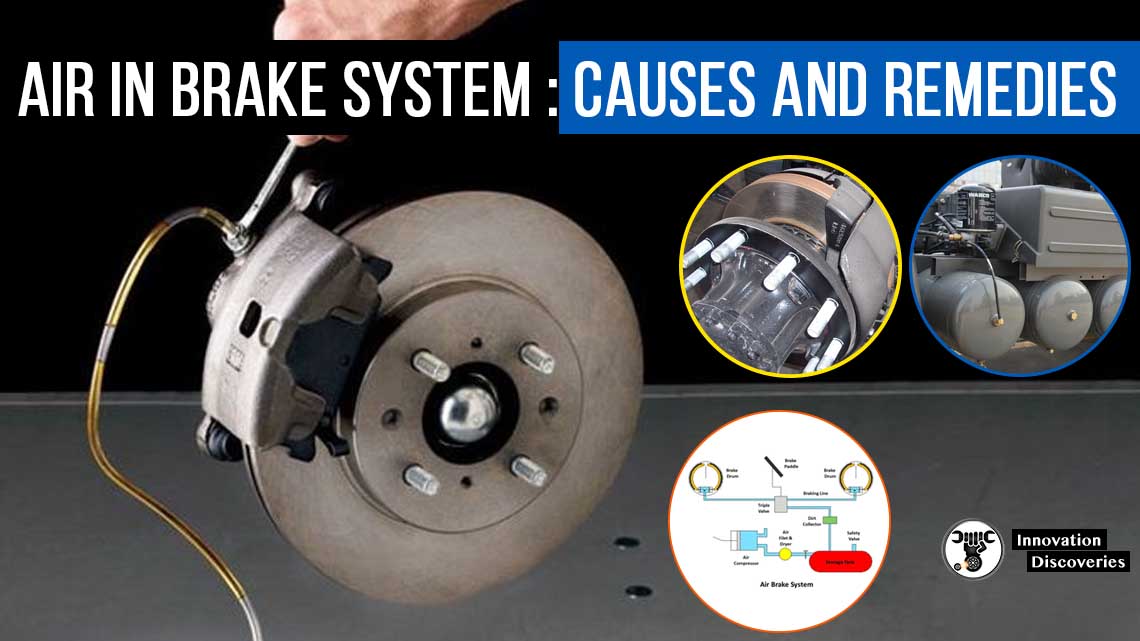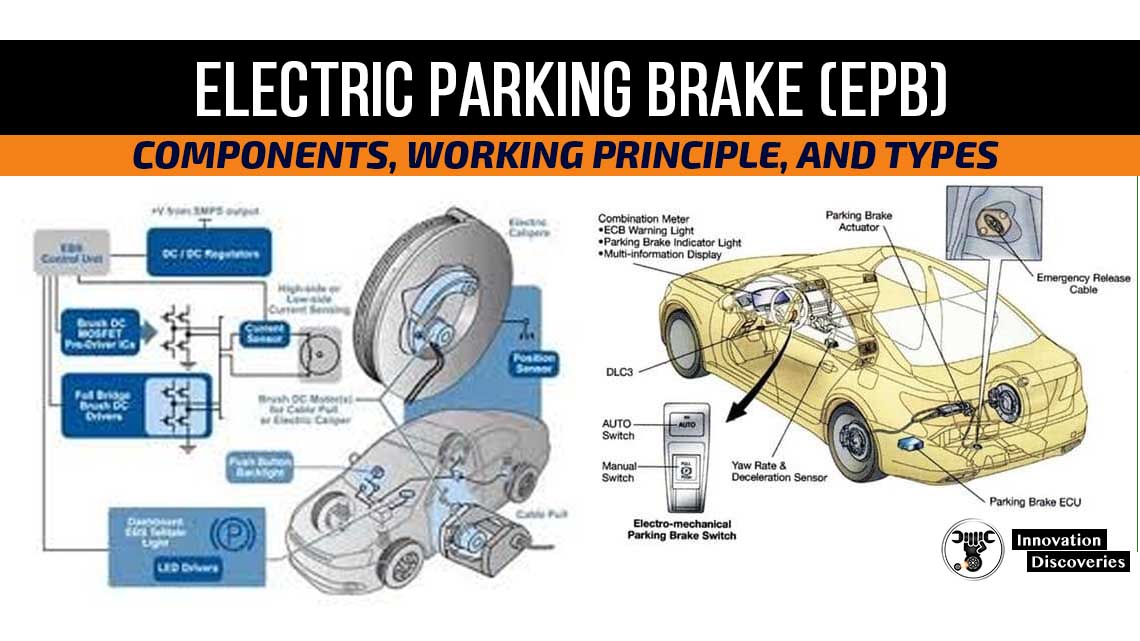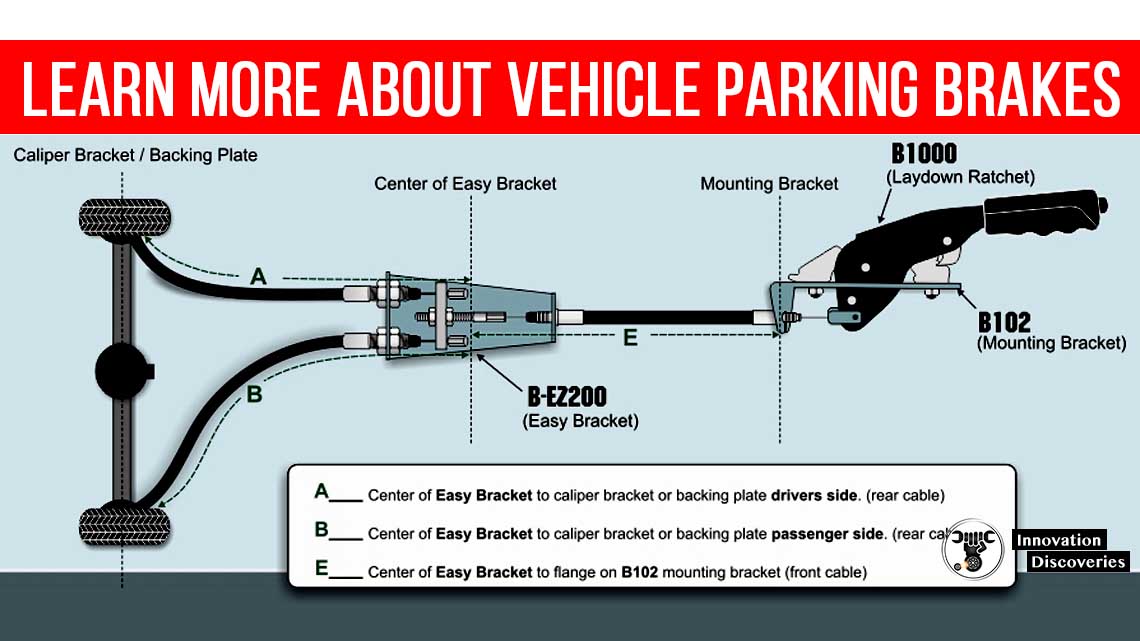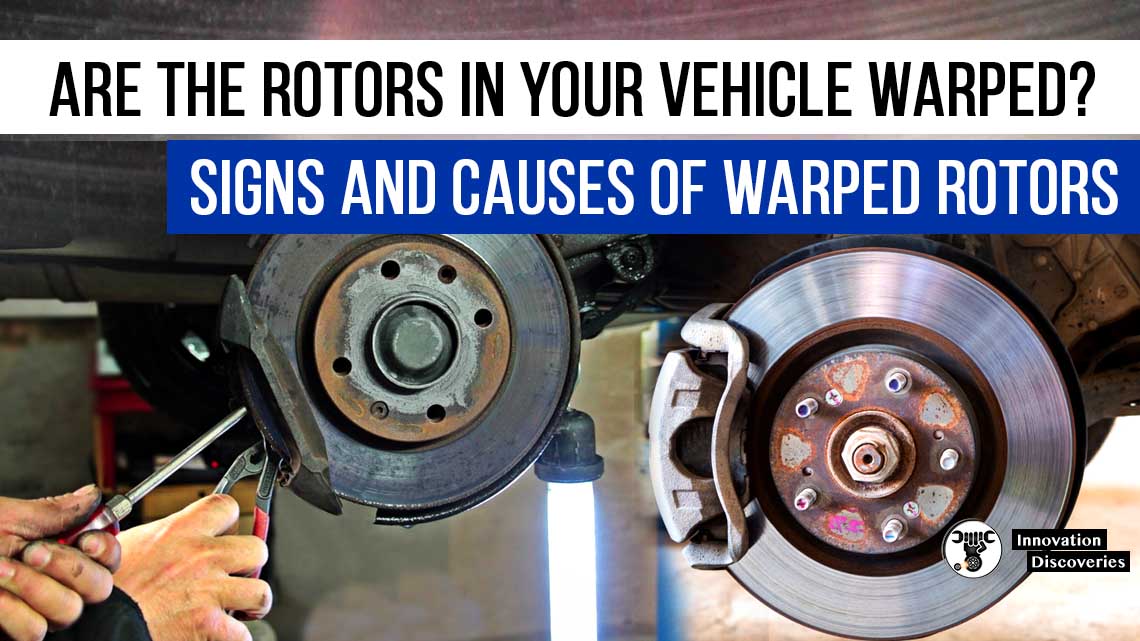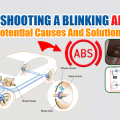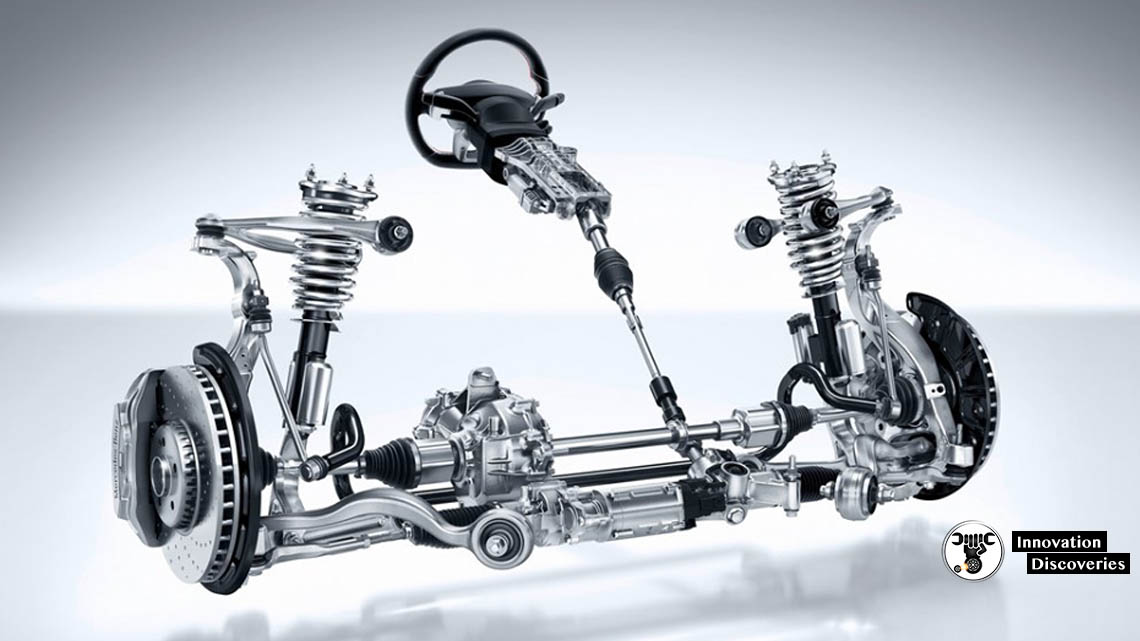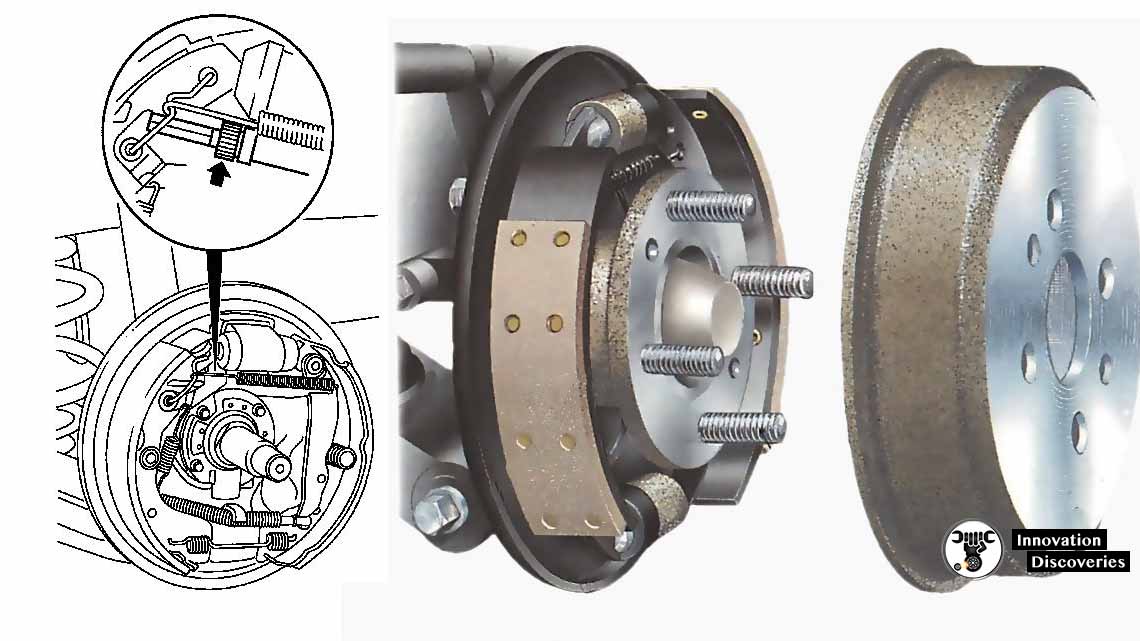
Function
When the brakes on a vehicle are applied, the vehicle’s weight shifts from the rear axle to the front axle.
This is known as dynamic axle load transfer.
The load on the rear wheels is relieved and their road grip is reduced.
Too high a brake pressure at the rear axle can cause the rear wheels to lock. As a result, they lose their cornering force, and the entire vehicle may start to skid.
It is for this reason that braking force regulators, which reduce the brake pressure at the rear wheels, are used in brake systems.
Types of braking force regulators
Different types of braking force regulators are in use:
Braking force limiters
Braking force limiters only permit a specific set of brake pressure to be exerted at the rear wheels.
They are usually mounted directly on the master brake cylinder.
READ MORE:
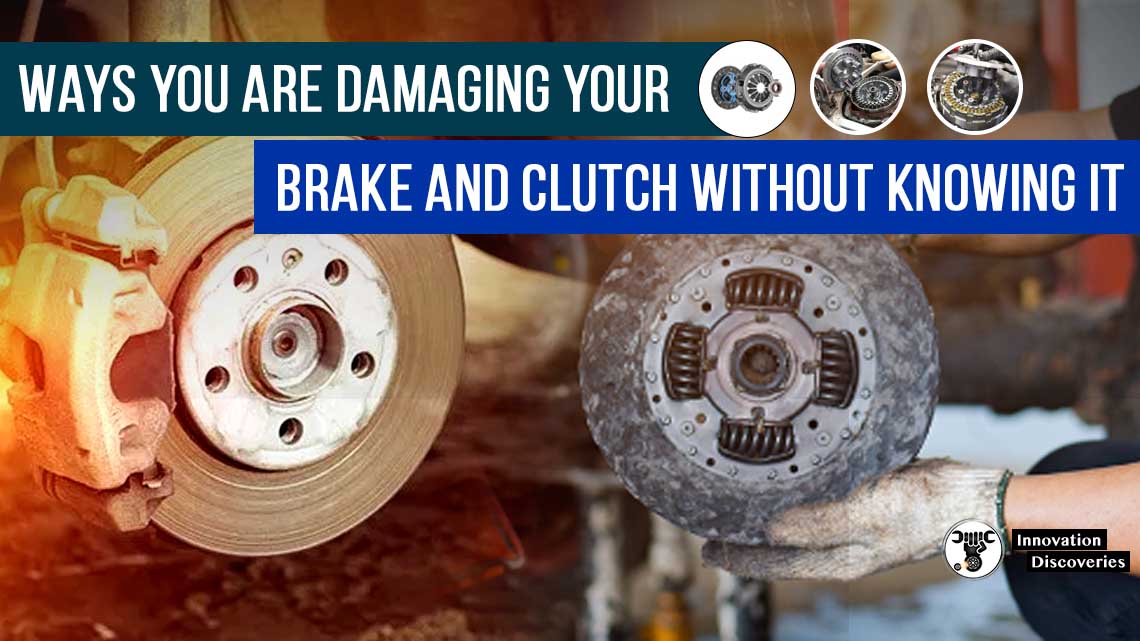
Load-dependent braking force regulators
Load-dependent braking force regulators are used in vehicles in which weight distribution varies significantly based on the number of occupants or the load.
They control the brake pressure exerted at the rear wheels based on vehicle load.
This prevents the locking of the rear wheels and thus avoids the risk of skidding.
In the case of vehicles with diagonal force braking distribution, either two separate braking force regulators or one regulator with two control units are required for the rear wheel brakes.
Load-dependent twin regulators accommodate two identical control units which work independently and in parallel in a single housing.
If one circuit fails, the brake circuit that remains intact can continue working unaffected.
Electronic brake force distribution
Electronic brake systems feature integrated electronic brake force distribution as standard.
The brake pressure on the rear wheels is limited as soon as a defined pressure is exceeded. No additional components are required in the brake circuit.
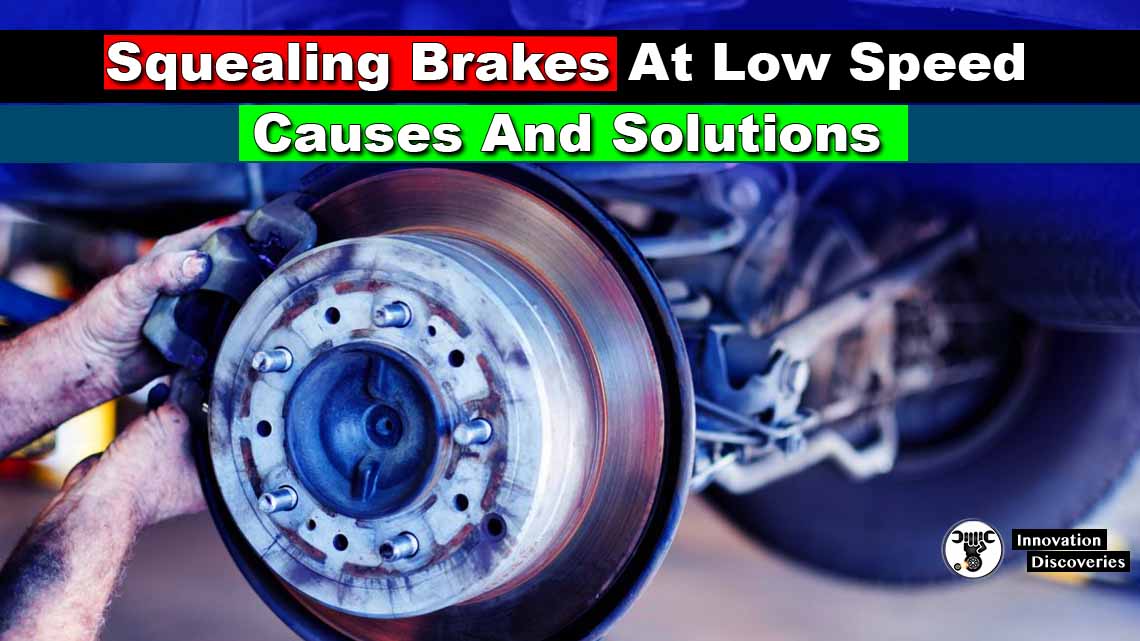
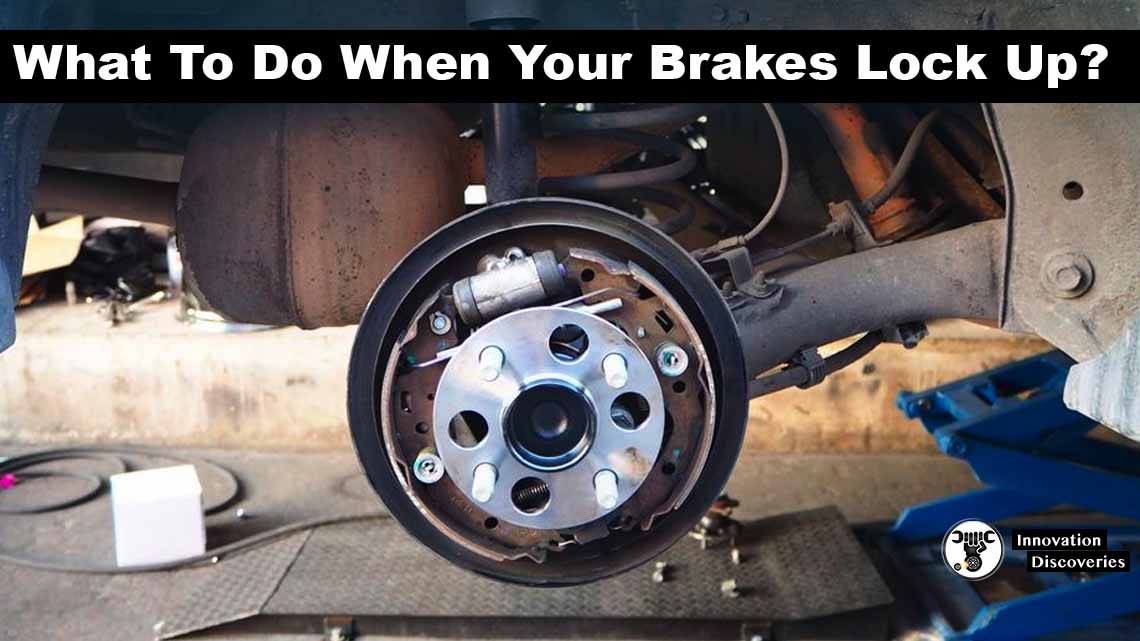
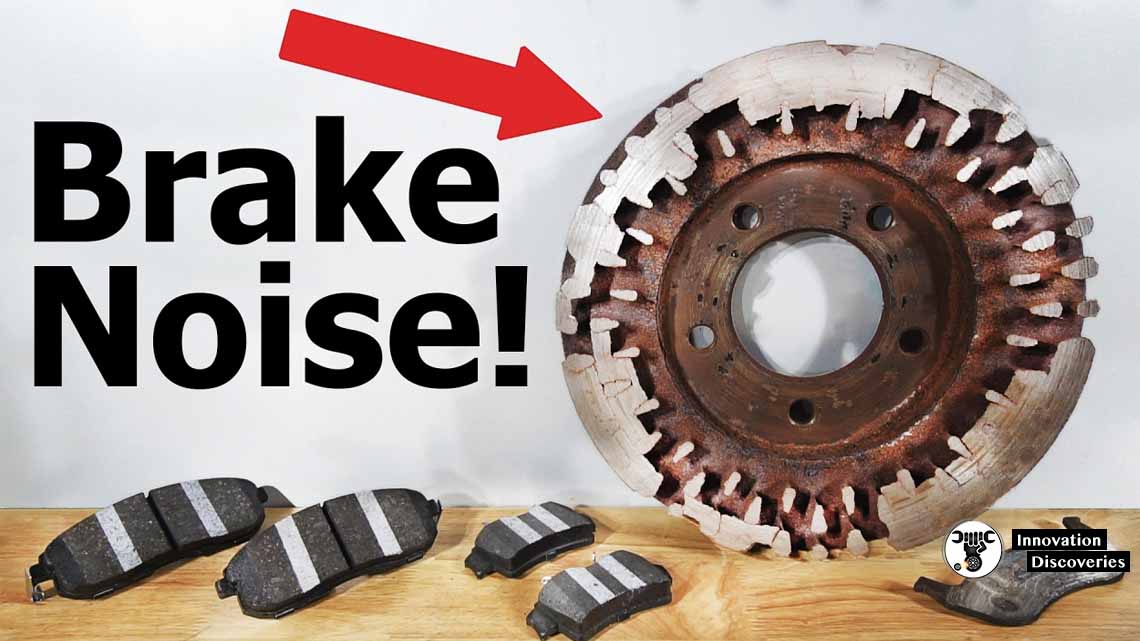
Safety
Car drivers must be able to rely on 100% functioning of the brakes.
Therefore, high quality must be of prime importance where the components of the brake are concerned.
The use of braking force regulators enables maximum braking to be achieved.
At the same time, the locking of the rear axle wheels and the dangerous skidding of the vehicle associated with this are avoided.
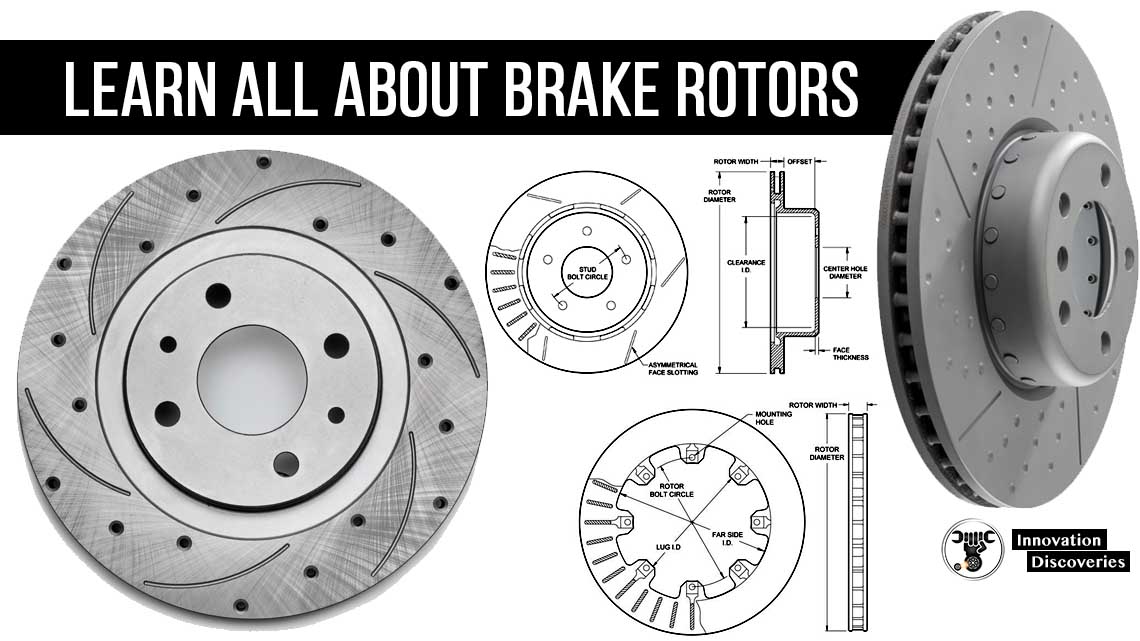
More About Braking Systems
- Top 5 Causes of Steering Wheel Shakes at Low and High Speeds
- HOW HYDRAULIC BRAKE WORKS?
- AIR BRAKE SYSTEM: COMPONENTS, WORKING PRINCIPLE, AND APPLICATIONS
- HOW DOES REGENERATIVE BRAKING WORK?
- 8 REASONS YOUR CAR IS MAKING GRINDING NOISE WHEN BRAKING
- Regenerative Braking System
- JAKE BRAKE VS. EXHAUST BRAKE: WHICH IS BETTER?
- SQUEALING BRAKES AT LOW SPEED: CAUSES AND SOLUTIONS
- TROUBLESHOOTING A HARD BRAKE PEDAL
- CONVERT DRUM BRAKES TO DISC BRAKES IN 3 STEPS!
- CAUSES OF THE BRAKE WARNING LIGHT COMING ON
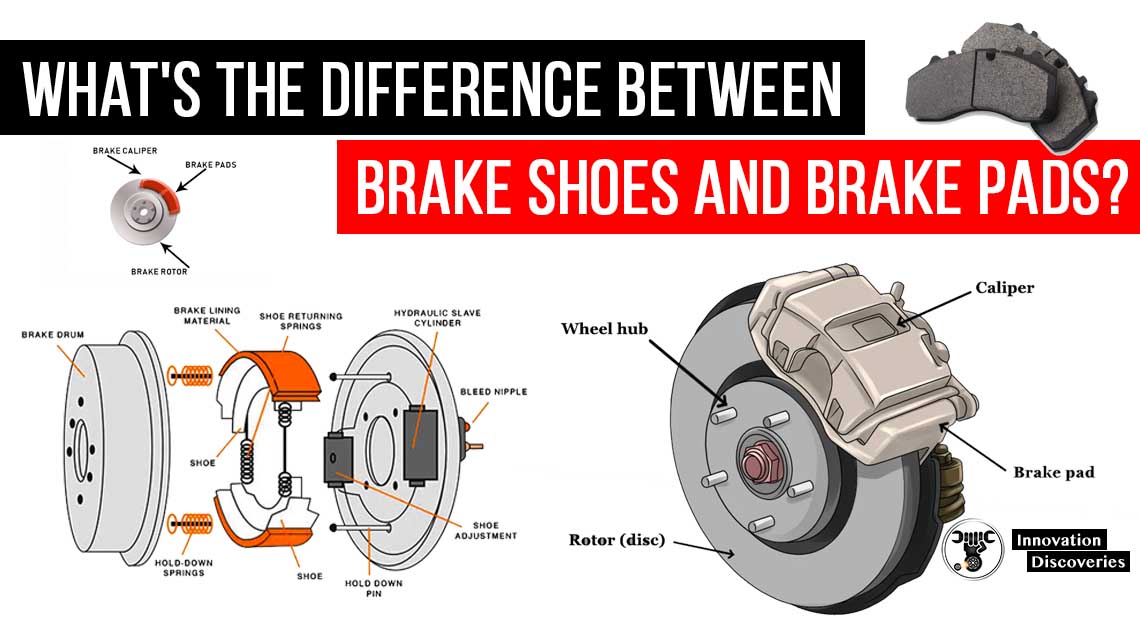
Visit Forum
Visit Our Friendly Website


